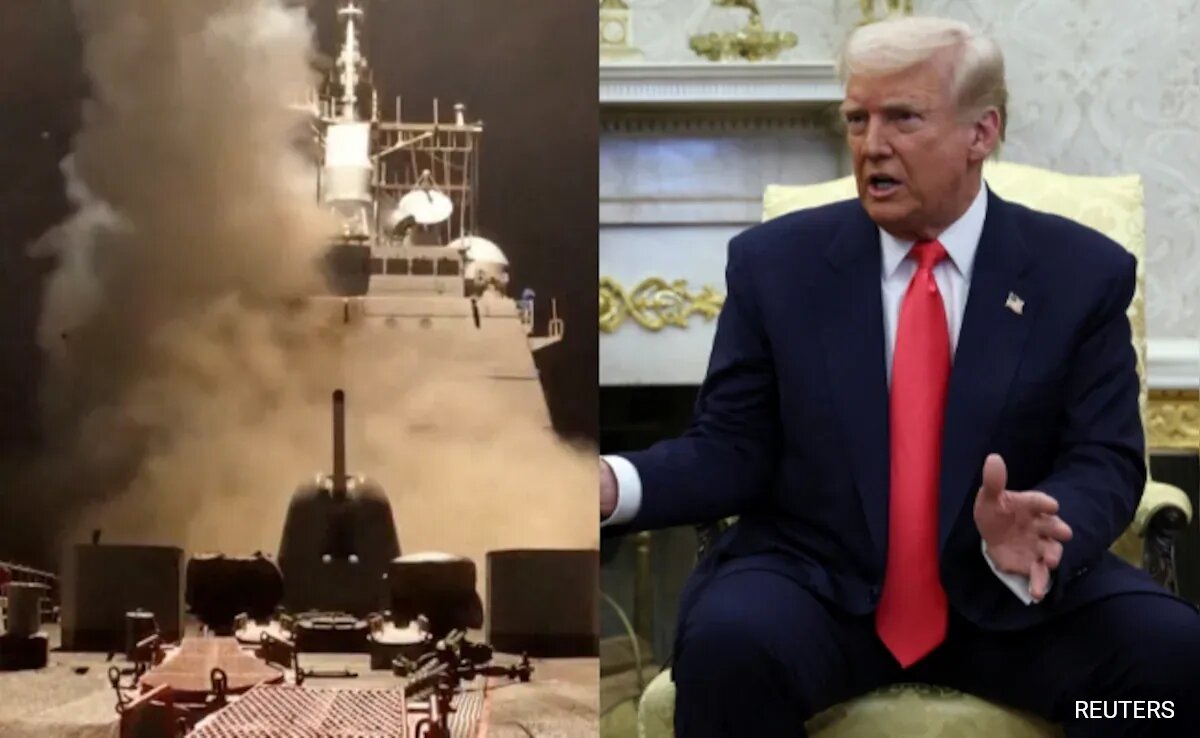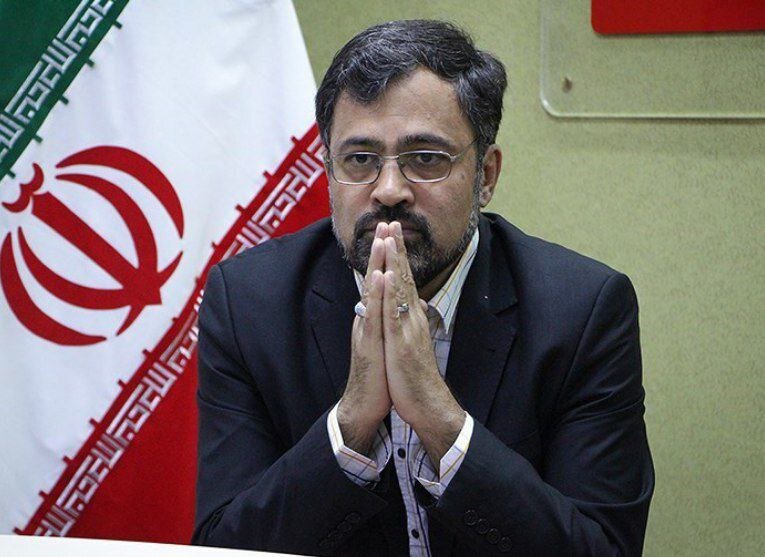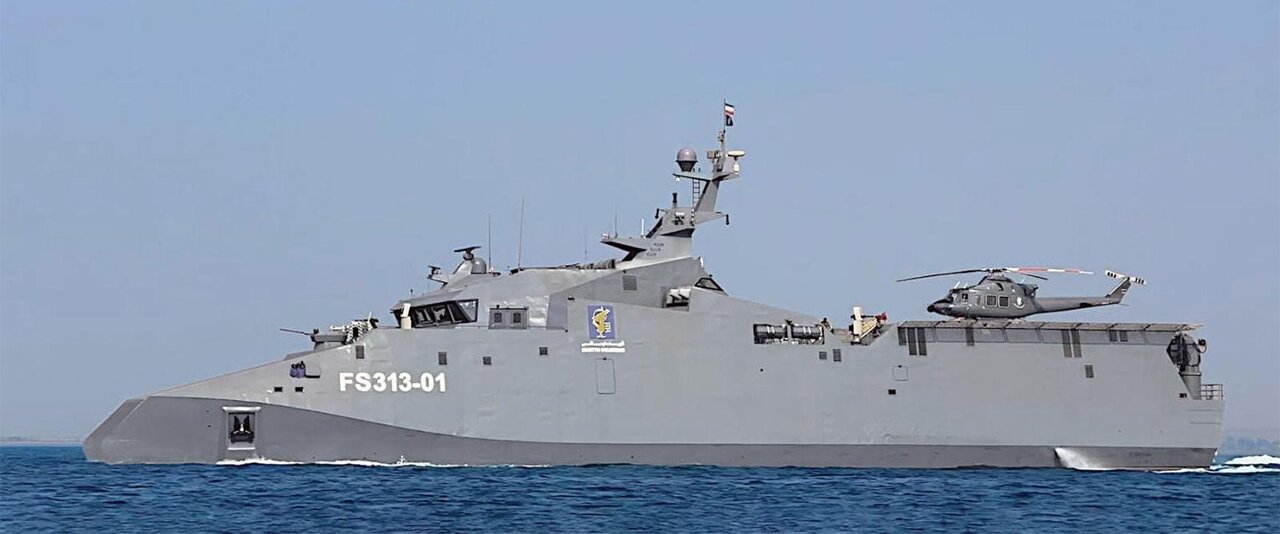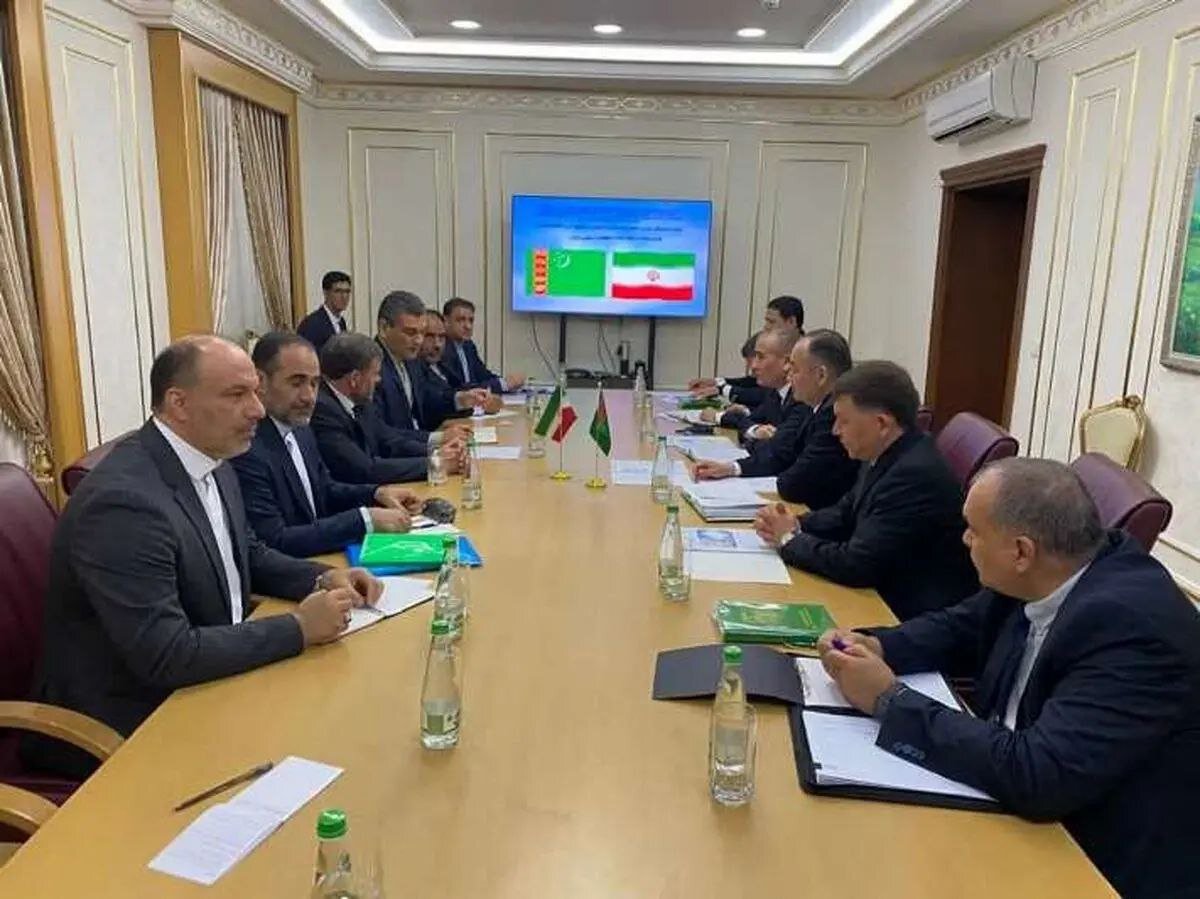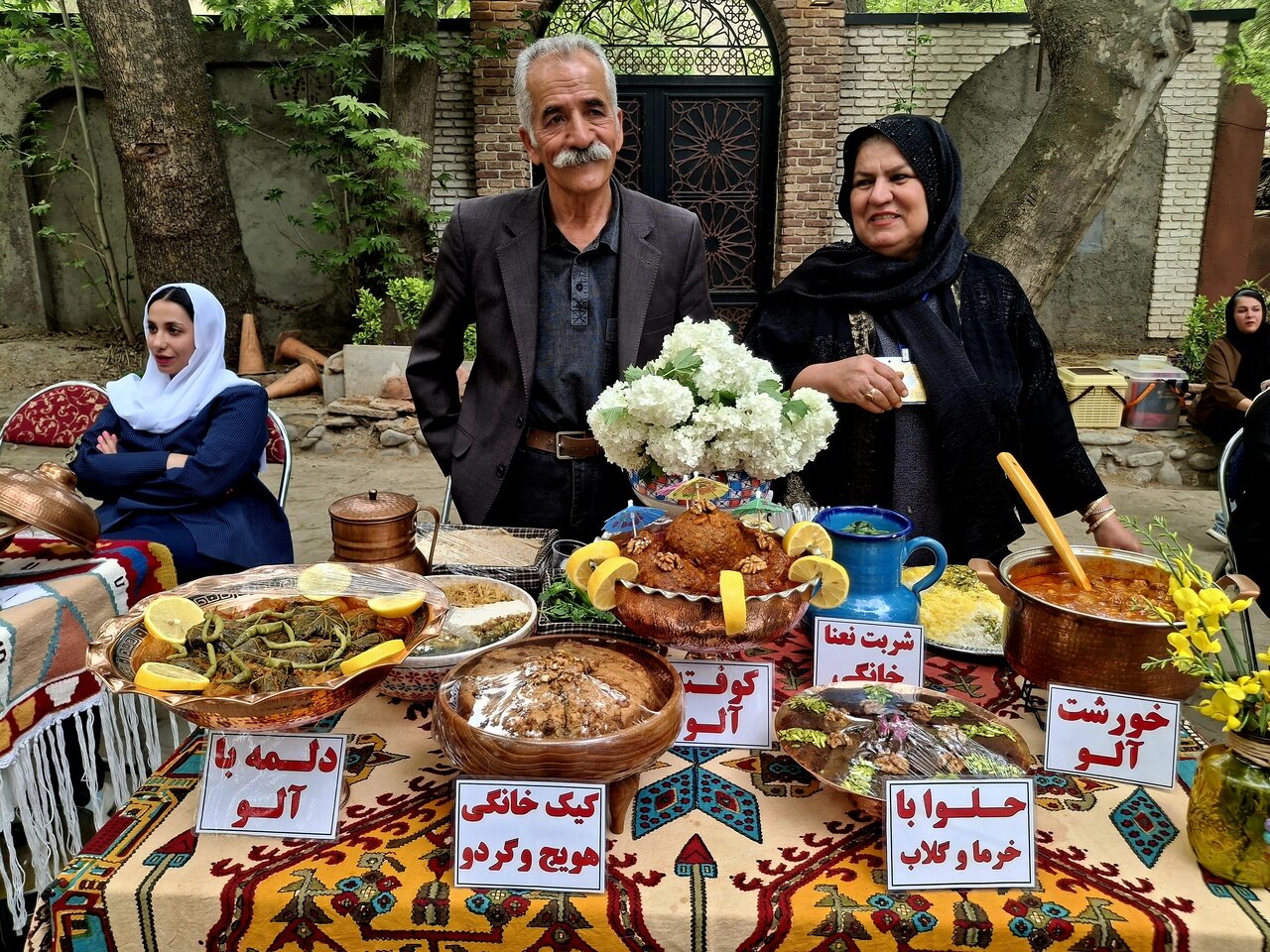
Each year, on the 10th of Ordibehesht in the Iranian calendar, Iran observes Persian Gulf National Day a moment to reflect on the historic, cultural, and geopolitical significance of this tactical body of water in West Asia.The celebration, observed on April 30 this year, also honors the historic 1622 victory in which the combined forces of Irans Safavid Empire and the British East India Company expelled Portuguese troops from the tactically important Strait of Hormuz.Bordering the southwestern stretch of Irans southern coast, the Persian Gulf is more than a body of water; it is a cradle of ancient civilizations, a vibrant cultural crossroads, and a natural marvel bursting with life.From the busy port city of Bandar Abbas to the serene coasts of Qeshm and Hormuz islands, that body of water provides a fascinating contrast in between tradition and modernity.
These lands and waters are deeply connected to the lives of their occupants, who have for centuries depended upon the sea for trade, nourishment, and cultural exchange.While the Persian Gulf is globally acknowledged for its massive reserves of oil and natural gas, it is likewise well known for having a stunning natural appeal, from maintained beaches to expansive mangrove forests, that makes it a concealed gem for eco-tourism and experience.
Travelers can dive into crystal-clear waters, check out coral reefs, or just soak in the abundant biodiversity of the coastline.In addition, the Persian Gulf is a living museum of history.
The islands in the Gulf have long worked as important trade outposts linking the East and West, shaping the fates of empires.
From the Mesopotamian civilizations of the Sumerians and Akkadians to the effective Persian Empires Achaemenid, Parthian, and Sassanian the region has actually been a tactical maritime crossroads for countless years.These islands likewise flourished throughout the Islamic Golden Age, becoming centers of commerce, science, and knowing.
Their ports invited scholars, merchants, and tourists from far-off lands, promoting an abundant tapestry of cultural exchange and intellectual achievement.
Even today, one can witness this tradition in the local architecture, food, music, and oral customs gave through generations.Moreover, the Persian Gulfs islands remain a mosaic of ethnic and multiculturalism, home to Persians, Arabs, Baloch, and other groups.
This cultural fusion, formed over centuries of migration and trade, creates a dynamic and distinct social fabric that improves Irans nationwide heritage.In todays geopolitical landscape, the Persian Gulf continues to hold tactical significance.
Its islands, located near some of the worlds most essential energy paths, play an essential function in regional security and international commerce.
At the exact same time, some of them had been at the heart of continuous diplomatic conversations, underlining their enduring value on the world stage.Irans celebration of the Persian Gulf National Day not just honors a geographical area however likewise recognizes a tradition of resilience, cooperation, and cultural wealth.
For many Iranians, it stands as a sign of national identity and pride a testimony to a region that has shaped, and continues to shape, the course of history.AM.
This post first appeared/also appeared in Tehran Times

 16
16









